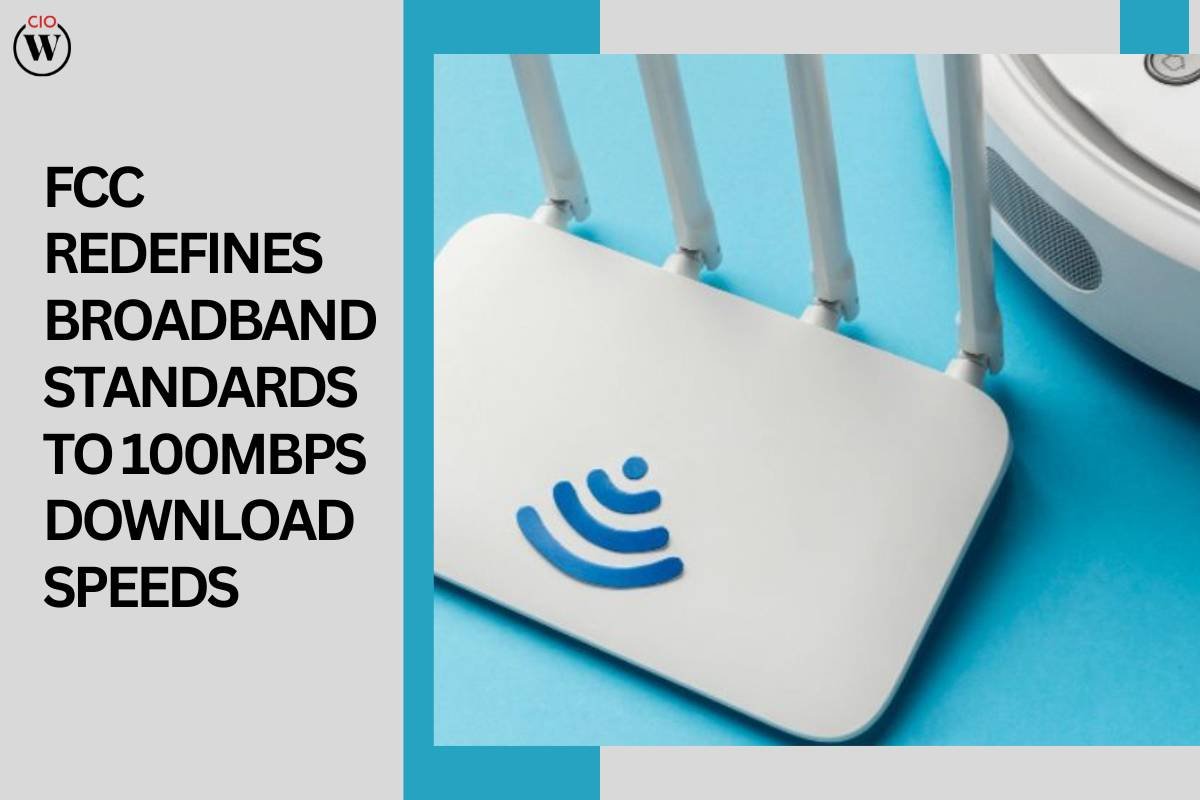After nearly a decade of advocacy and debate, the Federal Communications Commission (FCC) has officially revised its definition of broadband, significantly increasing the minimum requirements. This move follows Commissioner Jessica Rosenworcel’s call from nine years ago to raise the broadband threshold to 100 megabits per second (Mbps) for downloads, asserting that anything less would compromise the nation’s future digital landscape. The FCC’s decision today marks a substantial departure from the previous standard, which stood at 25Mbps for downloads and 3Mbps for uploads since 2015.
Impact and Rationale Behind the Change
The significance of this shift lies not only in its immediate implications but also in its long-term effects on bridging the digital divide across the United States. By setting the bar at 100Mbps for downloads and 20Mbps for uploads, the Federal Communications Commission aims to ensure that all Americans have access to robust and reliable internet connections necessary for education, work, and economic participation in the modern digital age. The decision reflects an acknowledgment of evolving consumer needs, as well as the growing importance of broadband infrastructure in driving innovation and economic growth.
The Federal Communications Commission’s decision is also informed by practical considerations, including the requirements of federal and state funding grants, consumer usage patterns, and the actual services offered by internet service providers (ISPs). While the new standards represent a significant improvement, challenges remain, particularly in rural areas where nearly 28 percent of Americans lack access to even the revised minimum speeds. Factors such as affordability and latency also play crucial roles in determining the quality of internet access, underscoring the complexity of addressing the broadband gap comprehensively.
Current State of Broadband Accessibility and Future Outlook
According to recent data released by the FCC, millions of Americans still lack access to adequate broadband services, both in terms of fixed terrestrial connections and mobile 5G-NR coverage. Approximately 24 million Americans, including a substantial portion of rural and Tribal communities, do not have access to fixed broadband services meeting the new standards. Similarly, mobile 5G-NR coverage remains inadequate for a significant portion of the population, further exacerbating disparities in internet access.
Looking ahead, the Federal Communications Commission’s decision to redefine broadband standards marks a significant step towards addressing the digital divide and ensuring equitable access to essential services. The move was made possible by the FCC’s Democratic majority, which gained momentum following the confirmation of Anna Gomez as the fifth commissioner last September. As the nation continues to grapple with the challenges of connectivity, initiatives aimed at expanding broadband infrastructure and improving accessibility are expected to remain at the forefront of policy discussions, shaping the future of digital inclusion in the United States.
·









